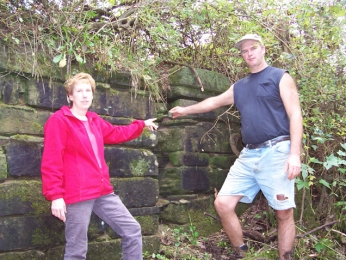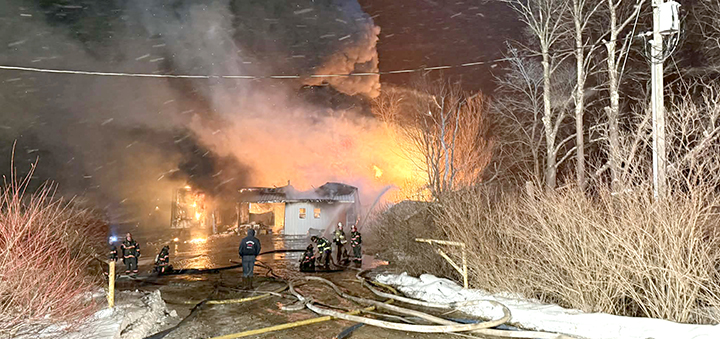Souvenirs of Yesteryear: Canal Lock 100
The Chenango Canal (1837-1878) had 116 locks between Utica (Lock 1) and Binghamton (Lock 116). Locks 85 through 105 were in Chenango County.
The canal had two hydraulic problems: too much water and too little water. It addressed these problems by placing waste weirs and feeders in strategic locations. The waste weirs were valves that, when opened, let water drain out, usually into a nearby wetland. They were built of stone with wood gates. The feeders were more elaborate because they had to transport water over considerable distances from a reservoir or from the river. The feeders were themselves narrow, unnavigable canals that fed water to the main canal. They too were controlled by wooden gates.
Lock 100 is special, in that it has a waste weir on its upstream side and a feeder (Feeder 4) on its downstream side. A stone dam angled across the river diverted water into the feeder. The stone abutments still stand. The waste weir emptied into the feeder. Moreover, all four of these components are still recognizable, not completely intact, nor obvious, but identifiable. They are described in the 1995 reconnaissance survey by Cynthia A. Carrington, Emanuel J. Carter, and Jennifer L. Carrington, pages 116, 124-126, plate 114.








Comments